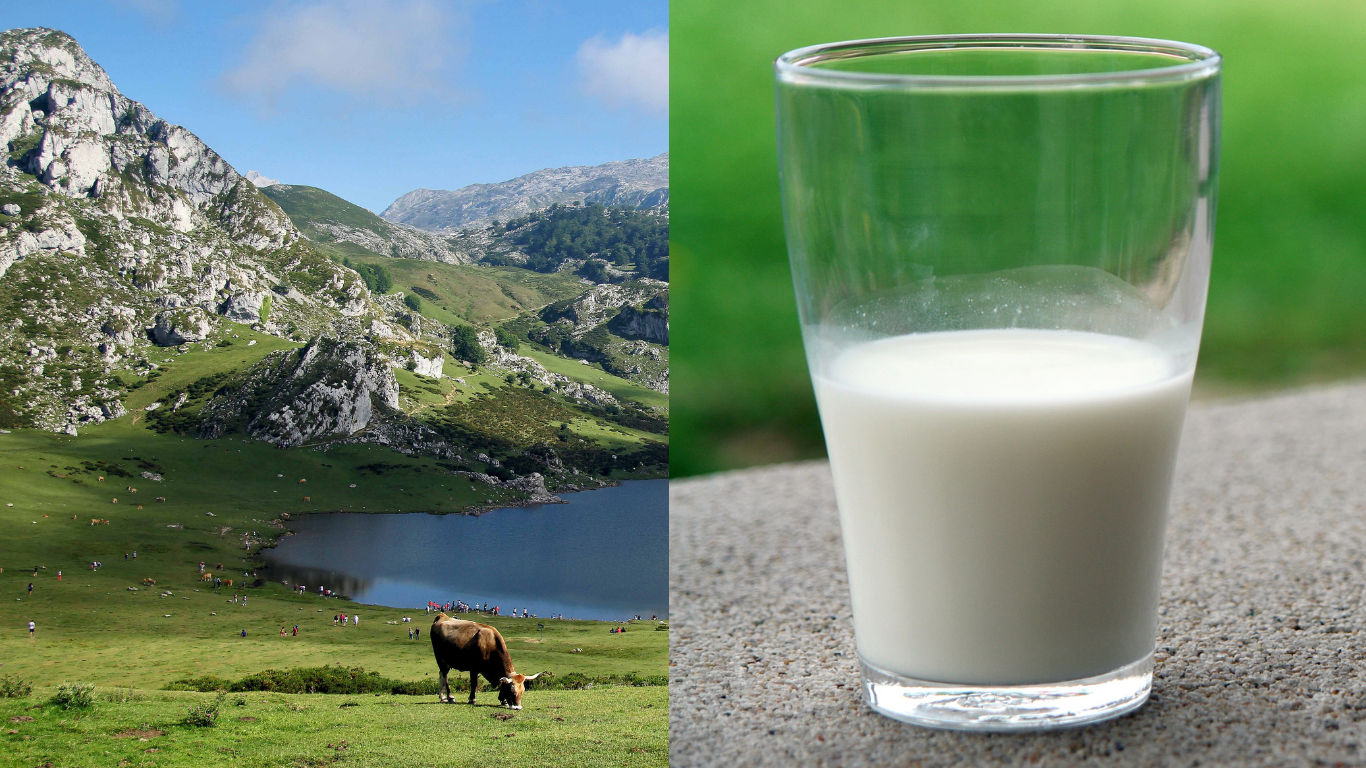|
Table of contents
To answer a question on whether something is healthy or not, we need to first have a framework that defines what is healthy. I will use two frameworks: Ayurveda and the dietary guidelines set by the World Health Organization (WHO).
The Ayurvedic Framework Ayurveda recommends the following foods to be appropriate for regular consumption as part of a healthy diet. These can broadly be categorized into those supporting body structure (muscle, bones, cells), and those promoting healthy digestion. Note that there are other foods that are important for health, but the ones below are deemed essential for everyone, regardless of their Prakrti, or constitution.
The WHO framework
Healthy Diet Recommendations:
The primary distinction between Ayurvedic and WHO frameworks is that Ayurveda considers the properties of food as a whole, while the WHO breaks down food into sugars, fats, salt, protein, etc. Modern guidelines often quantify food in terms of energy (calories) and recommend limits on sugars and fats.
What are the concerns around milk and human health?
Ayurveda on milk
Ayurveda originated thousands of years ago in an era when cows were raised naturally, consumed grass, and were milked during natural pregnancies without artificial insemination or hormone use. Milk Processing in Ayurveda:
Milk is typically tempered with spices suitable for one's constitution or disorder.
Science on milk
Multiple reviews have examined clinical trial data concerning the impact of milk on cardiovascular health, with a focus on saturated fats and their relation to cholesterol levels, particularly LDL-cholesterol. A summary of three papers (reference 1, reference 2, and reference 3) is presented below. Diet-Heart Hypothesis Revisited:
On the other hand, several benefits of cow's milk were reported from the clinical trials. Benefits of cow milk Milk and Blood Pressure:
Milk processing considerations
Raw, pasteurized, or homogenized? A significant difference between ancient times and the modern era is the evolution of the dairy industry. Raising a cow or two at home has morphed into massive cattle farms to provide billions of people enough milk. This impacts the food that cows eat - natural grass, legumes, alfalfa, and hay to processed food made from corn and soy that are grown at mass agricultural scale using pesticides, and genetic modification. Most cows are also treated with hormones to increase milk production that causes great suffering and pain to these animals.
0 Comments
Leave a Reply. |
|
|
© Saroya Natural 2023 | All rights reserved.
Website designed by Aadi M |
Contact Us |


 RSS Feed
RSS Feed